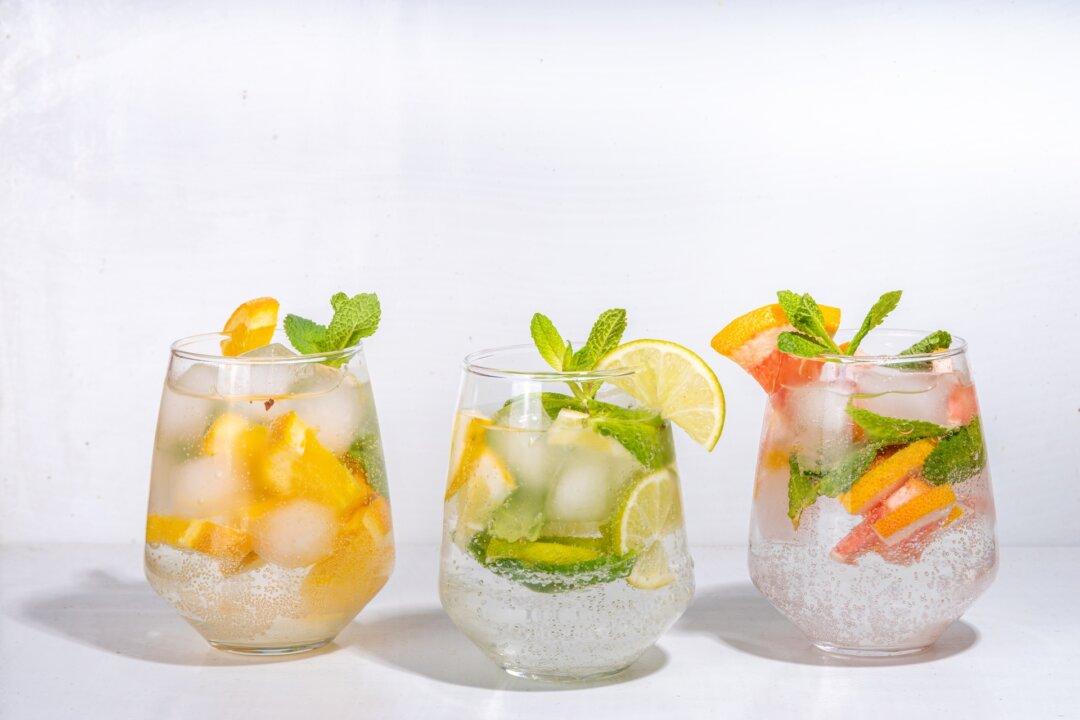What do you do when you buy a bottle of wine that, for one reason or another, is not to your liking? If the wine is sound and not spoiled in any way, but you just don’t like the style, you could always cook with it.
But that’s impractical and costly. Instead, what if you could fix it in your own kitchen? Since you bought it to enjoy and don’t relish cooking with a $30 bottle of shiraz, maybe there’s a way to make it better.
This happens to me often, especially with bottles that are not undrinkable, simply disappointing. In such cases, I resort to old tricks, ones I’ve used often.
In one recent case, a wine was both a little high in alcohol, so it burned my mouth and throat, and a little sweet from the high alcohol. It tasted like it was close to 16 percent. (The label said 14.5 percent, but I seriously doubt that.)
I added about a tablespoon of spring water to our glasses: Problem solved.
Purists might be aghast at the notion of doctoring our wine, but we weren’t about to drink it the way it came out of the bottle. Water solved two problems: It didn’t alter the wine’s aroma, other than making it a little fruitier because it lowered the alcohol, which was masking some of the fruit. And it cut the heat.
Caution: Avoid using tap water. Some tap water contains chlorine and can change wine in unattractive ways. The same applies to ice cubes—a strategy that works especially well on hot days.
No, I would not put chocolate sauce in my cabernet sauvignon, but adding a little water or an ice cube isn’t very invasive.
Decades ago, I knew a woman who added a little sugar to her bone-dry white wine. It made her happy. The “sour” wine was $1.99 a bottle, and adding a bit of sugar gave her a palatable drink that was satisfying. (I do not do this!)
There is a history here. For the past 70 years or so, a drink from France called kir has been a popular aperitif. When a white wine is too tart, a tiny dose of either crème de cassis, a blackberry liqueur, or occasionally some other fruit-flavored brandy makes a delightful kir.
This same tactic also works to enliven the neutral taste of inexpensive, ordinary sparkling wines. Such drinks are called Kir Royales.
As for wines that are too soft and lack acidity, I simply chill them further or add acid back into them.

It’s easy to determine if a wine is balanced for our palates: Just take a sip. If it seems flabby or sweet, one trick I’ve used is to add a tiny bit of citric acid to each glass.
Citric acid is inexpensive and may be found in stores that cater to home canners. A quarter teaspoon of citric acid stirred into a four-ounce glass won’t change the aroma or taste of a wine, but it will make it a bit crisper, allowing it to work better with food.

Also, some restaurants serve red wines far too warm, so we often ask for an ice bucket. The idea is not to chill the red wine, just to get it closer to “cellar temperature,” which is more appropriate for proper enjoyment.
I’ve often been chided by snooty waiters, who think I’m a heathen for wanting my red wine “chilled.” I ignore such ignorance. (I’ve tried educating them, but that too often fails miserably.)





